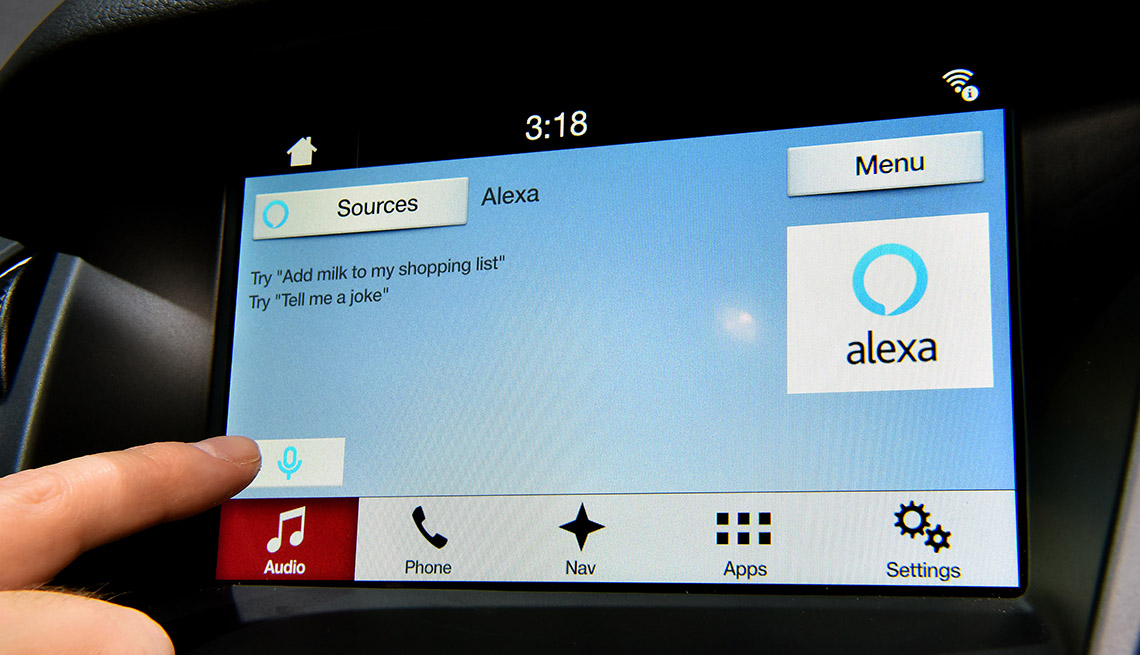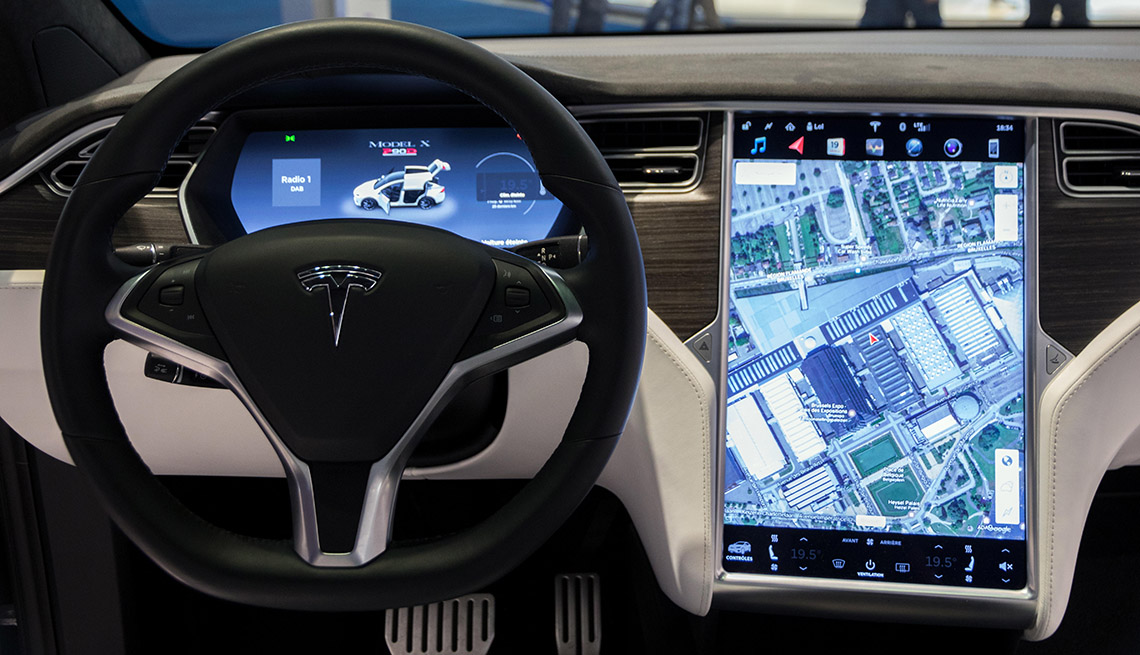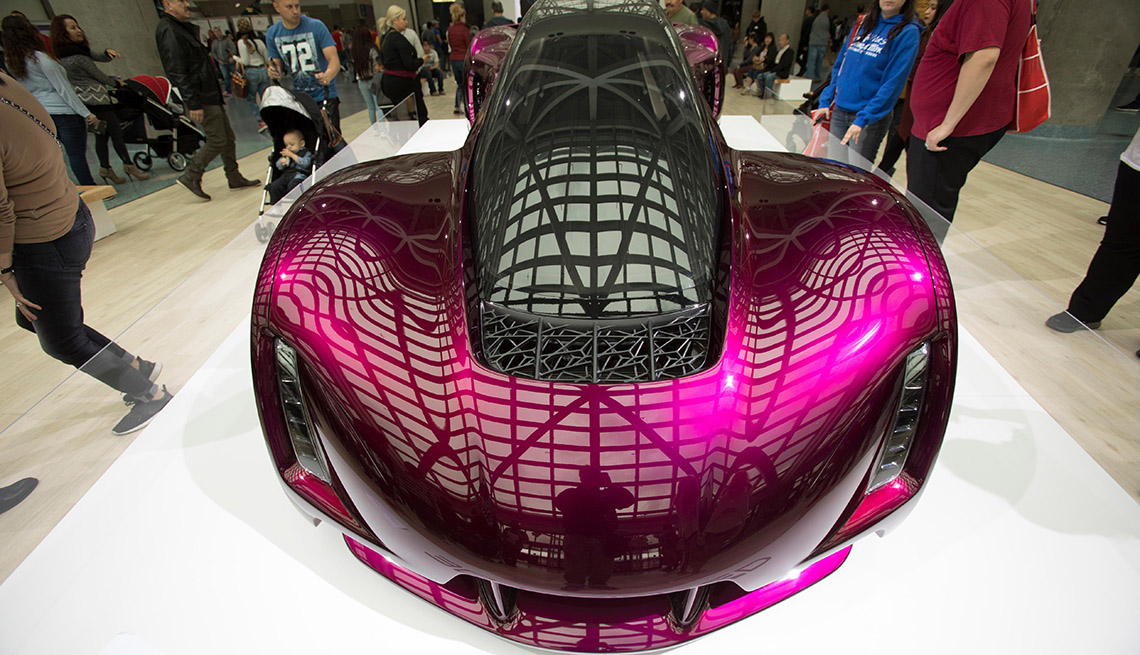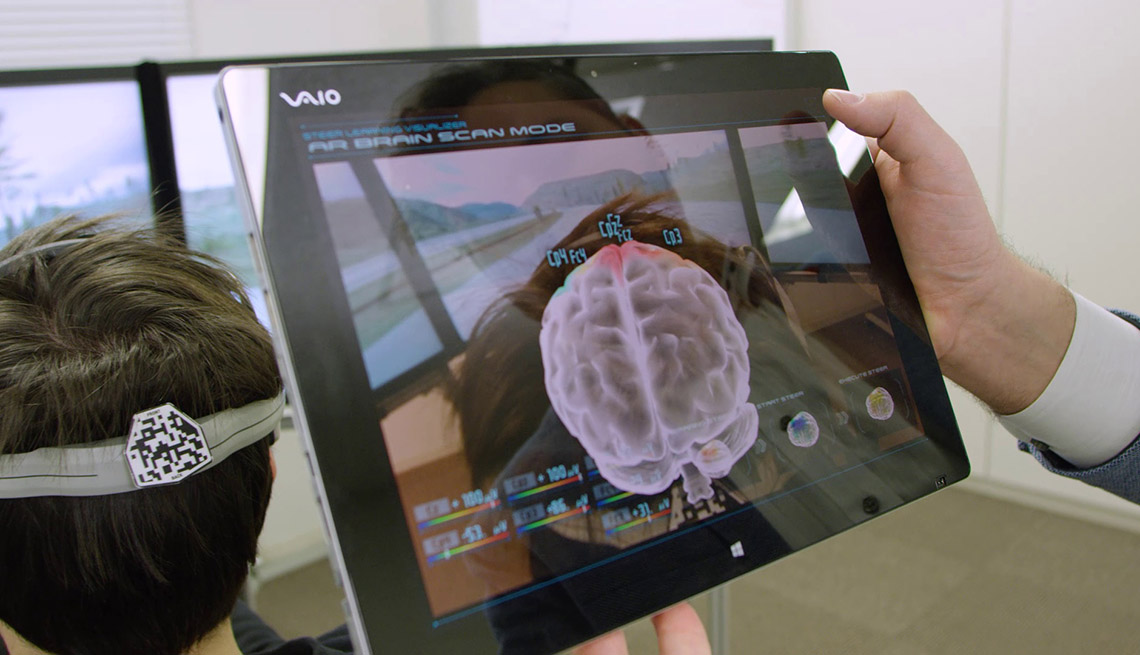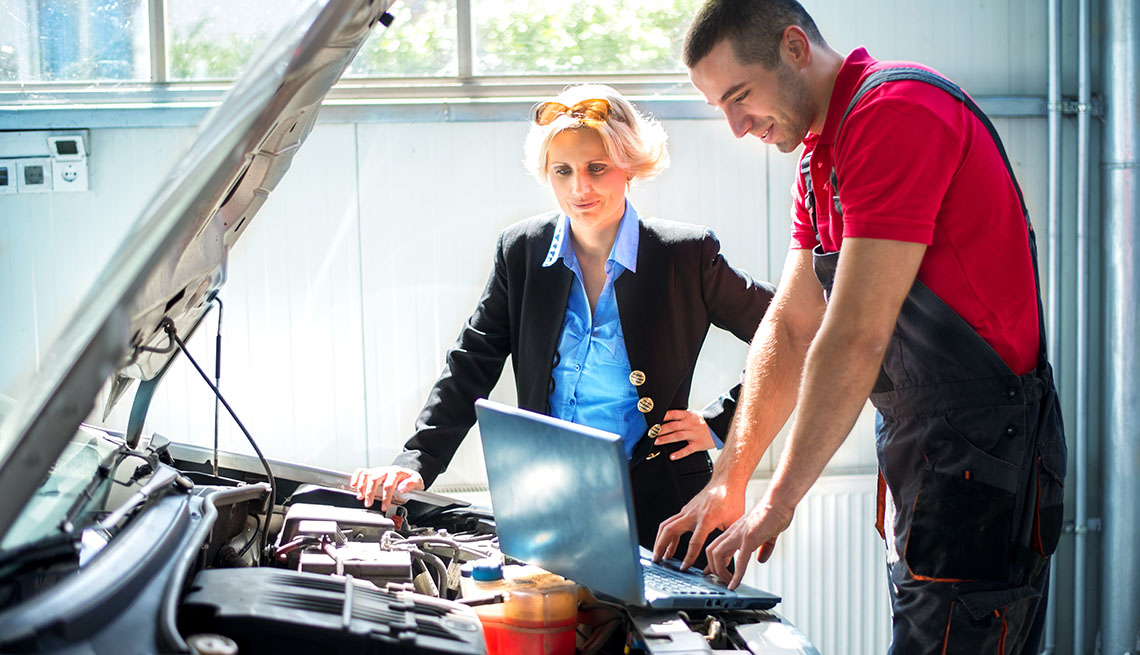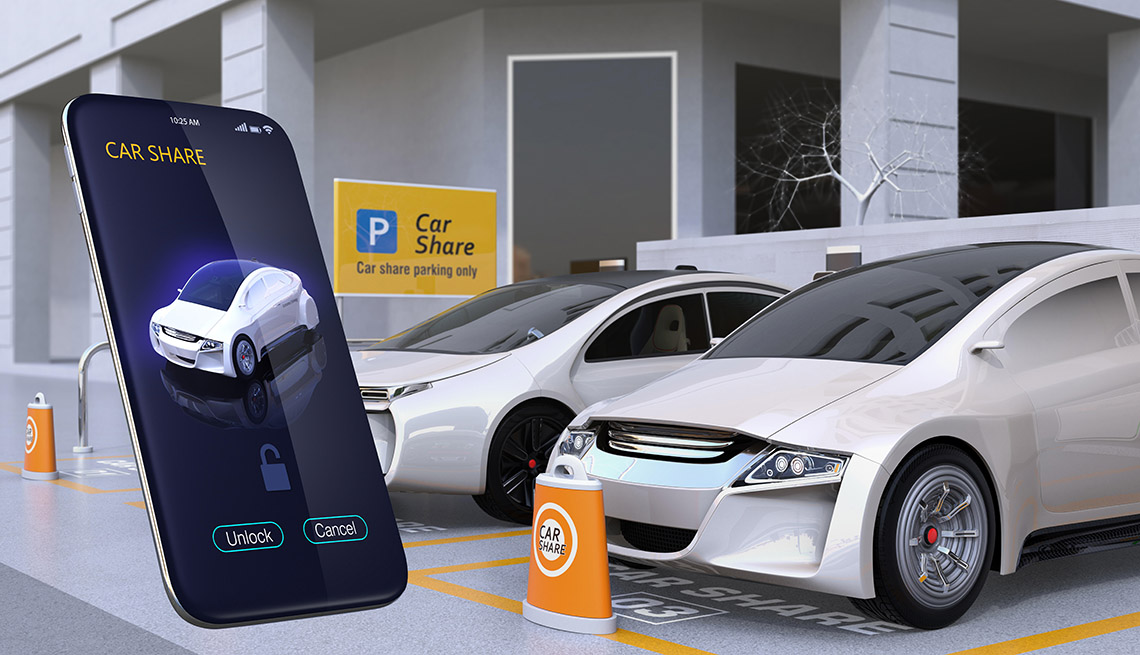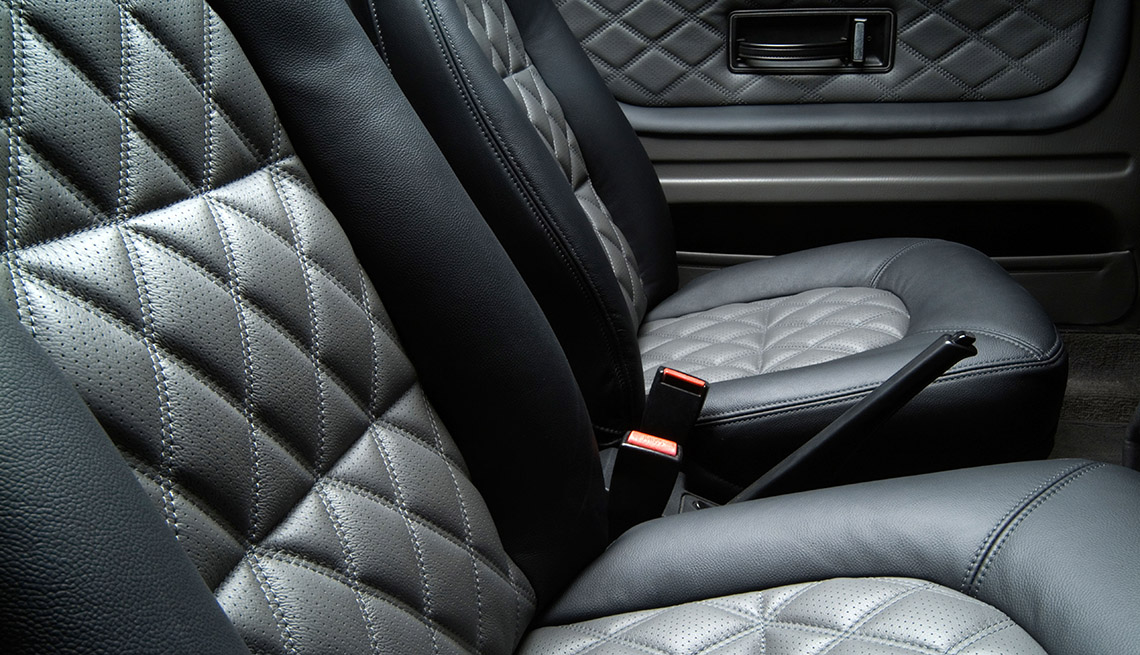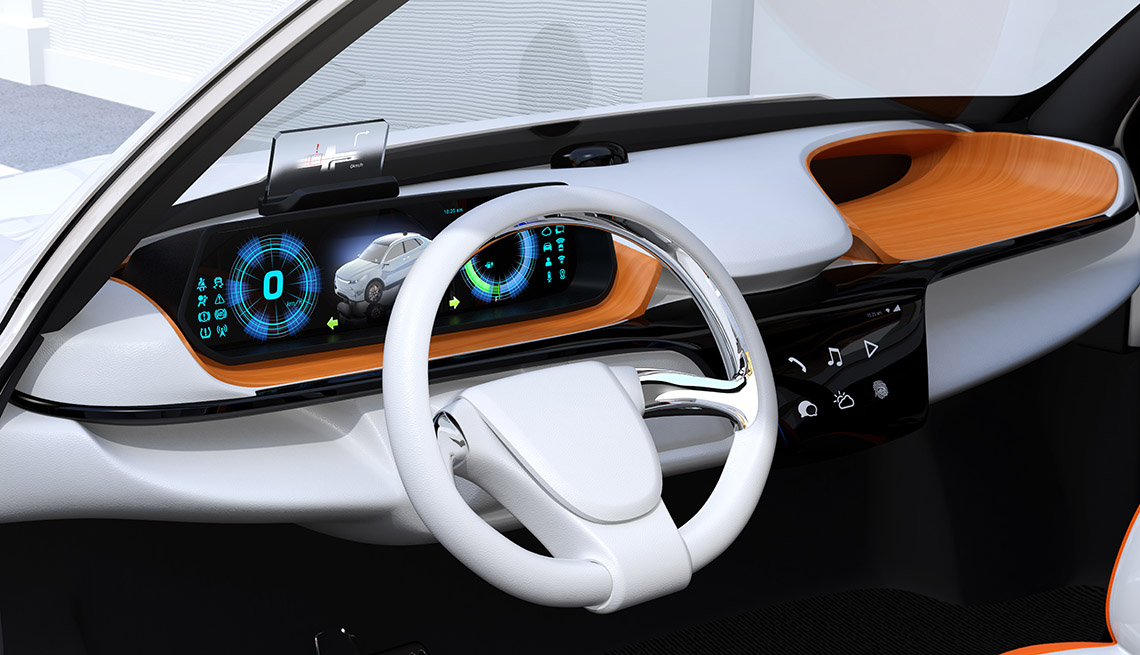Cars of the Future
8 of the most exciting innovations coming down the road
If you look at a photo of New York City on New Year’s Eve in 1901, you see streets packed with horses and buggies. Fast forward to a photo taken from the same angle in 1914, and there is no trace of the buggies: They had been replaced by automobiles.
After decades of auto technology that had evolved only marginally since the mid-20th century, experts say we’re now seeing a super-fast shift that's comparable to the industry's early days. “In the last 30 to 40 years the way cars were manufactured didn’t change much,” says Ozgur Tohumcu, CEO of the car-tech company Tantalum. “But now things are fundamentally changing — and very quickly.”
Quickly, indeed. Here's a look at some of the cool innovations we're likely to see in the next generation of cars.
8 Vehicle Innovations Coming Soon
Voice commands for your car
High on the list of innovations is the introduction of Alexa-like personal assistants. “You’ll be able to interact with your car through voice command,” says Tohumcu. One scenario: You might be driving and looking for a parking space. All you’ll have to do is say “Find parking,” and your vehicle will navigate you to the closest, least expensive, safest garage, based on your programmed preferences, and then pay the fee with your credit card.
More map options
As navigational maps get overlaid with more data, you’ll be able to choose your route based on a broadening array of criteria, including “least polluted.” “People will be taken from point A to point B through better air-quality routes,” Tohumcu says. “If you’re an older person or you have chronic asthma, this becomes a real benefit.” Other possibilities: “safest route” and “most scenic.”
Custom-designed vehicles
Using 3D printing technology, Arizona-based Local Motors is 3D-printing cars. “They work with pre-determined engine types and 3D print cars on top of those engines,” Tohumcu says. “You can pick and choose features from different cars to create your own.” That means we may see all kinds of interesting-looking cars on the street, he says. “These cars won’t be cheap, but if you really want to stand out it’s one way to go.”
Brain-assisted vehicles
Many crashes could be avoided if the driver had swerved or braked just a tiny bit faster. If Nissan has its way, brain-wave technology will make that possible. By detecting whether a driver is about to perform one of those functions, the brain-to-vehicle technology could speed up the process by up to a half second. The driver will have to wear a headset full of electrodes, which the company is trying to make wireless and as unobtrusive as possible.
Mechanic on wheels
Cars will be able to diagnose their own mechanical problems. “If it’s a software fix that’s needed, you’ll get an upgrade,” Tohumcu says. If you need to take the car to a mechanic, the car will research the options and book itself an appointment. (It will be able to renew its own insurance and look for better deals, too.)
Shared autonomous vehicles
Self-driving cars are already here and doing well in safety tests, says Alan Brown, executive vice president at NuVinAir, an automotive-industry startup, who previously spent 27 years with Volkswagen. The twist he predicts: People will be able to share these cars. “Cars today sit unused 80 percent of the time,” he says. “If the car is self-driving, we have a wonderful opportunity for people to co-own it and pay only for the portion of the car they use.” He sees the potential, in particular, for younger people who may not be able to afford their own vehicle, people with disabilities who aren’t able to drive, and older people who may need to stop driving.
A doctor in your car
Ford is leading the way toward technology that monitors health from the driver’s seat. The company has already developed an electrocardiography reader that monitors heart function through sensors in the seat that don’t need to touch the skin in order to function. In the works: technology to monitor glucose levels of people with diabetes. People with heart disease and diabetes already monitor their health at home; this technology will enable them to do it from the car.
Intelligent dashboards
“Augmented reality” dashboards are already a reality in BMW vehicles, but industry experts predict that 70 percent of new cars will incorporate them by 2020. A boon for safety, these features project information such as speed and turn-by-turn directions onto the windshield directly in the user’s field of vision — so there's no need to take your eyes off the road.
Read the full series on new car technology

